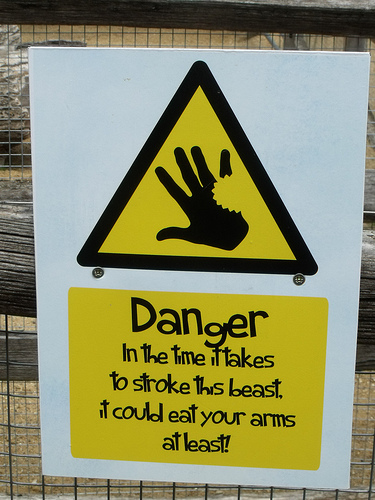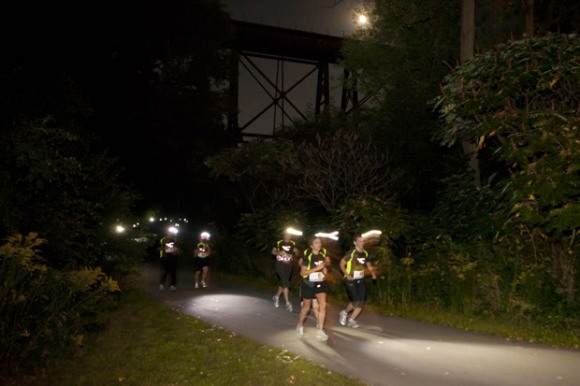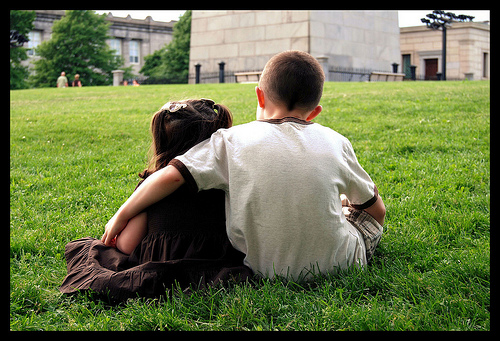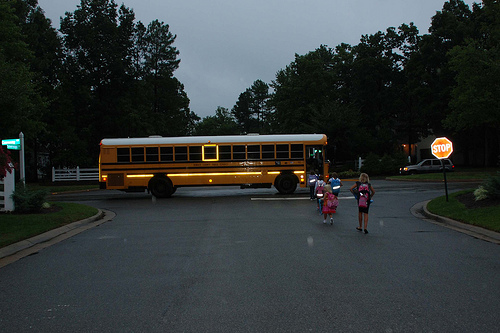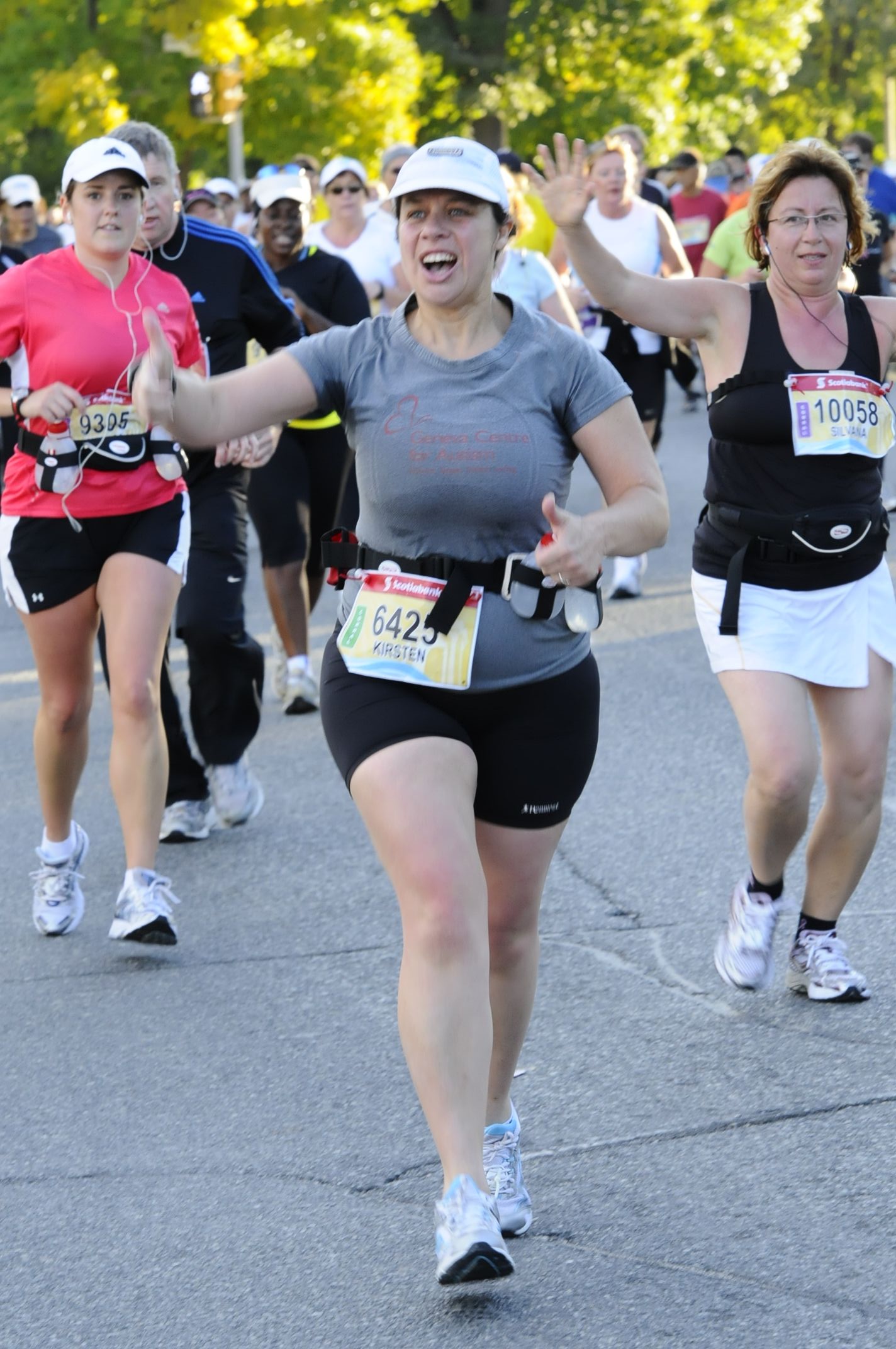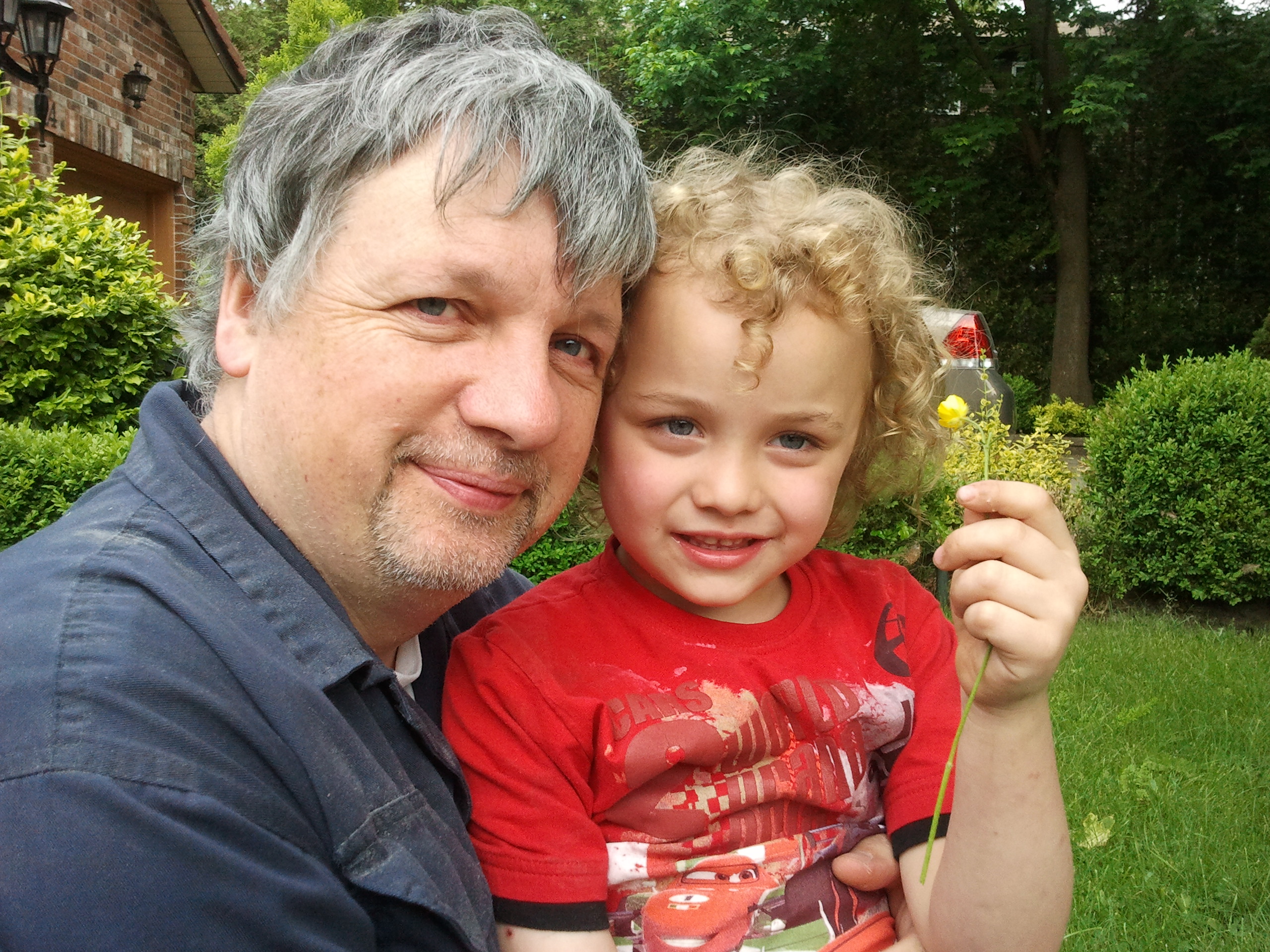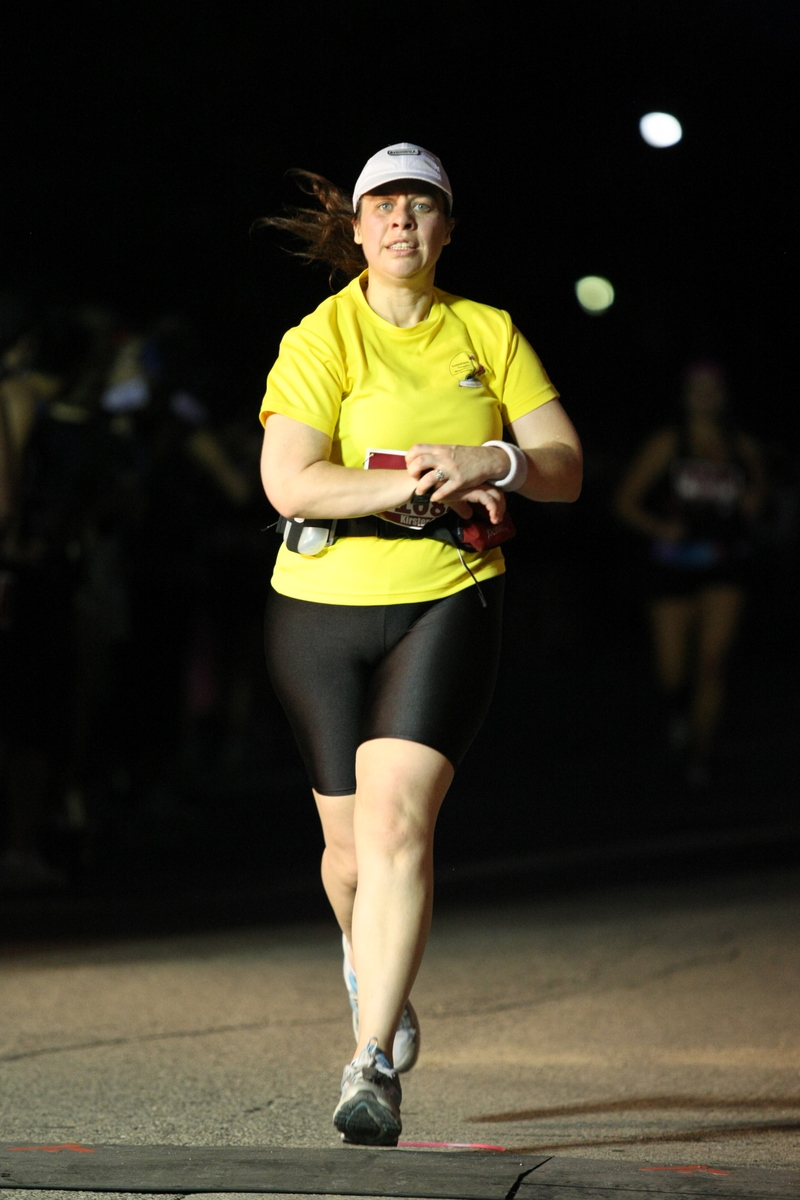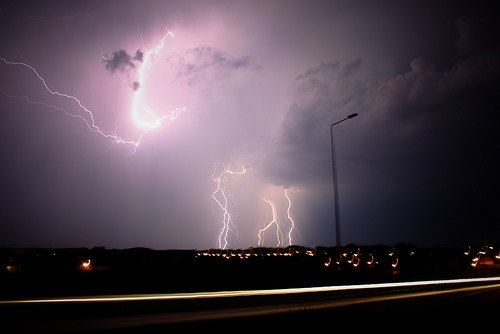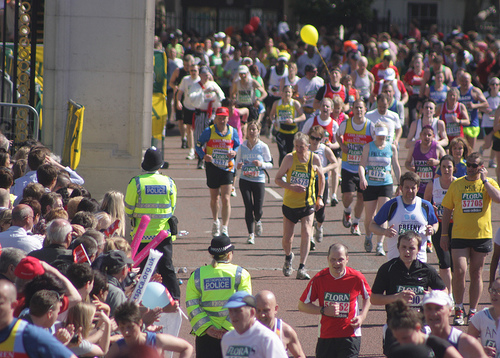 When I came back to running two and a half years ago, I came back from a zero-level of physical fitness. For several years my body had been completely devoted to growing babies and then nursing them. My mind had been devoted to trying to survive post-partum depression, the loss of my father, and my son’s autism diagnosis. With everything that I had going on, physical fitness just wasn’t on my list of priorities.
When I came back to running two and a half years ago, I came back from a zero-level of physical fitness. For several years my body had been completely devoted to growing babies and then nursing them. My mind had been devoted to trying to survive post-partum depression, the loss of my father, and my son’s autism diagnosis. With everything that I had going on, physical fitness just wasn’t on my list of priorities.
Therefore, when I started running again, speed was not an issue for me. My only goal was to simply get out there and complete whatever distance I was aiming for. Standing at the start line of my first half-marathon for autism, I was realistic enough to know that I wasn’t going to be a speed demon. I did not aim for any particular time. I just wanted to finish the race; I did not care how long it would take me.
Since that first half-marathon, I have run 12 more races. My approach to each of them has been the same: stumble across the finish line in whatever time I can manage. I have looked at my races not so much as competitive events, but as training runs with added zing.
Two weeks ago, though, I came to within a minute of my 10K PB (personal best) at the Energizer Night Race. This was a race run at night, on narrow park trails, with this weird headlight thing on my head. Most amazing of all, I actually had energy to spare when I crossed the finish line.
That race was a turning point for me in two ways. The first was that it made me re-evaluate the role of music in my runs. The second was that it made me ask the question: if I can put in a performance like that without really trying, what will I able to accomplish if I push myself beyond what I am used to?
I have been a somewhat complacent runner, being happy with just finishing the race. I still advocate that approach very strongly for beginner runners. But I am not really a beginner anymore. Perhaps it is time for me to start pushing the boundaries a little.
Tomorrow: read about how a change in race strategy this weekend worked out for me.
(Photo credit: http://www.flickr.com/photos/tdd/3524924669. This picture has a creative commons attribution license.)





